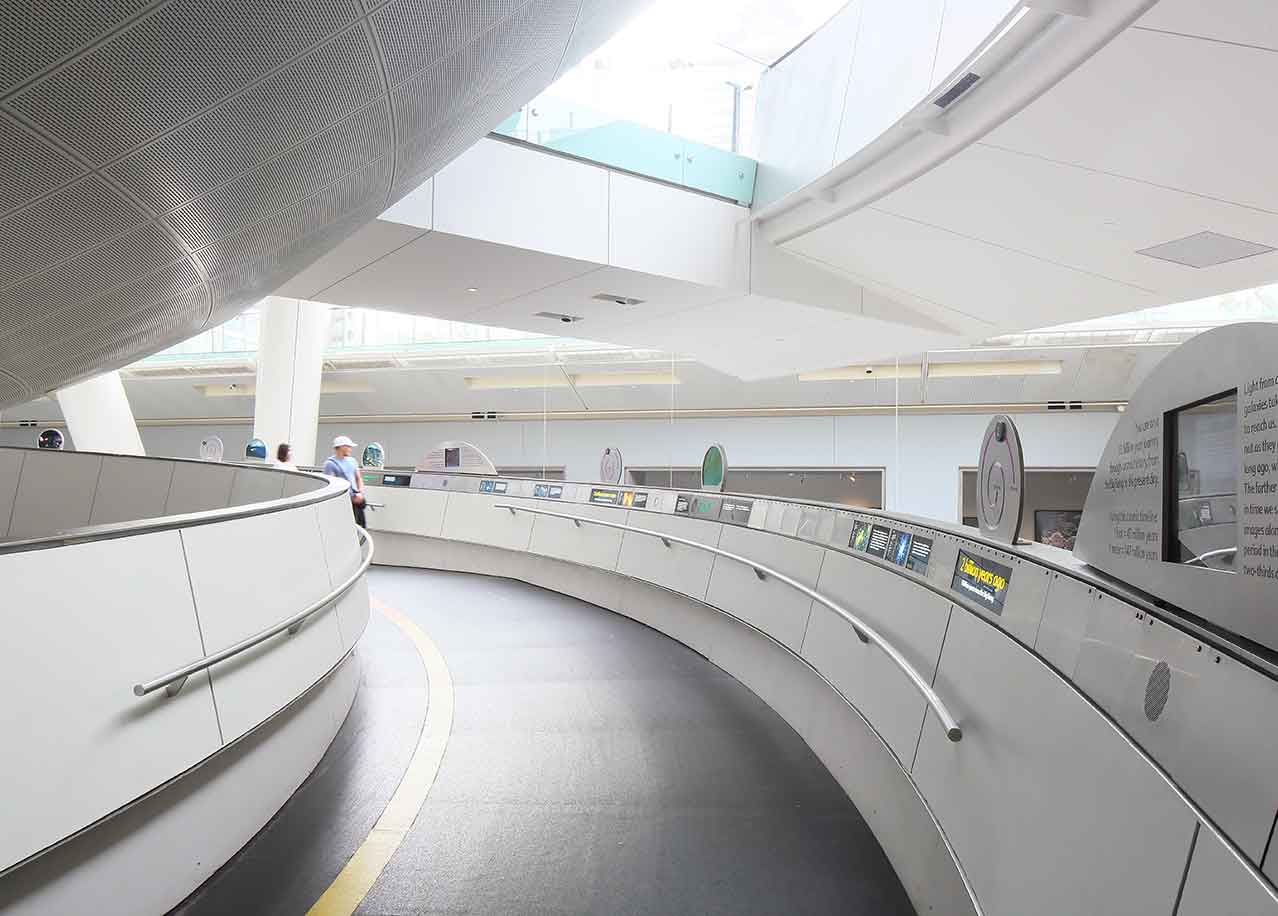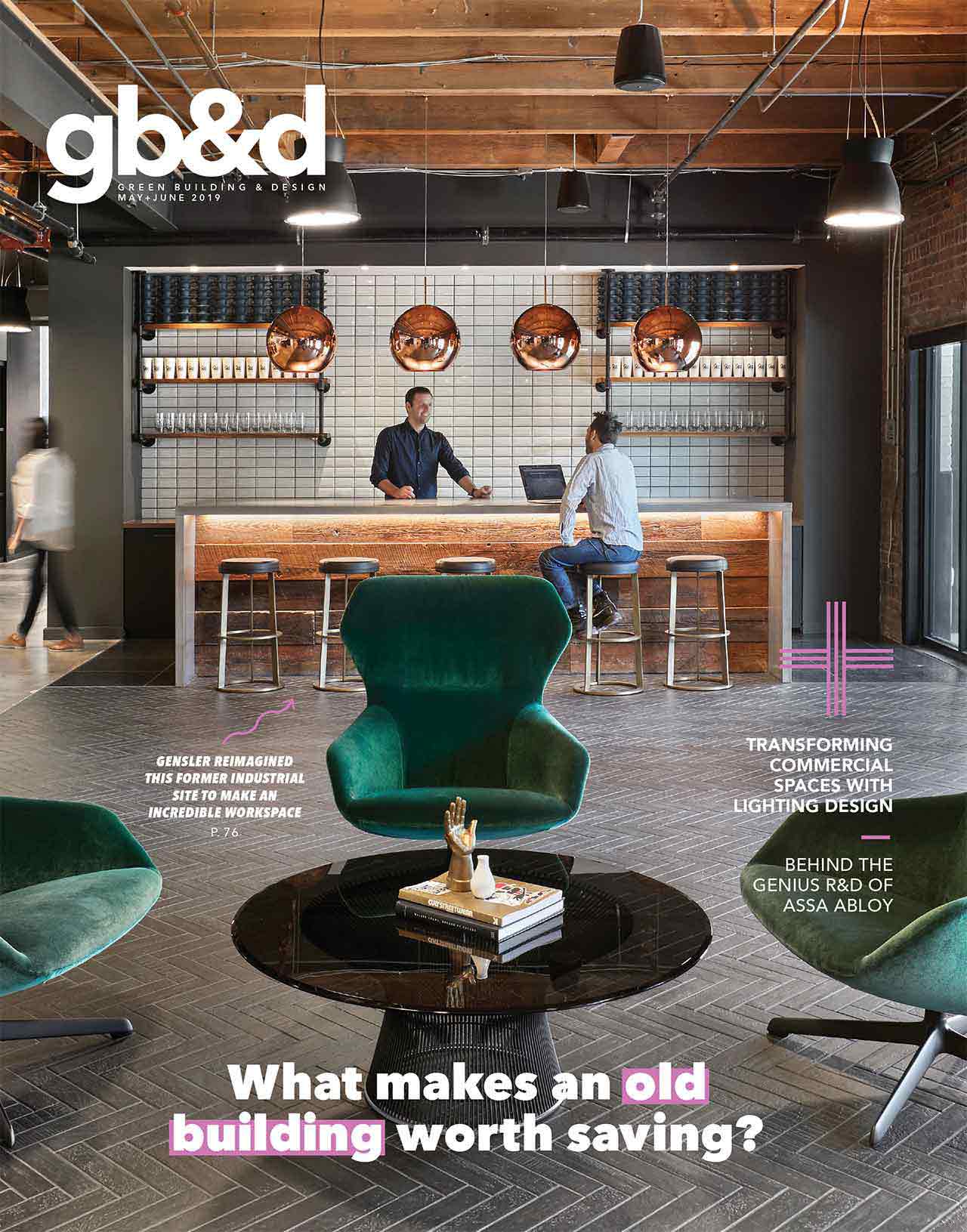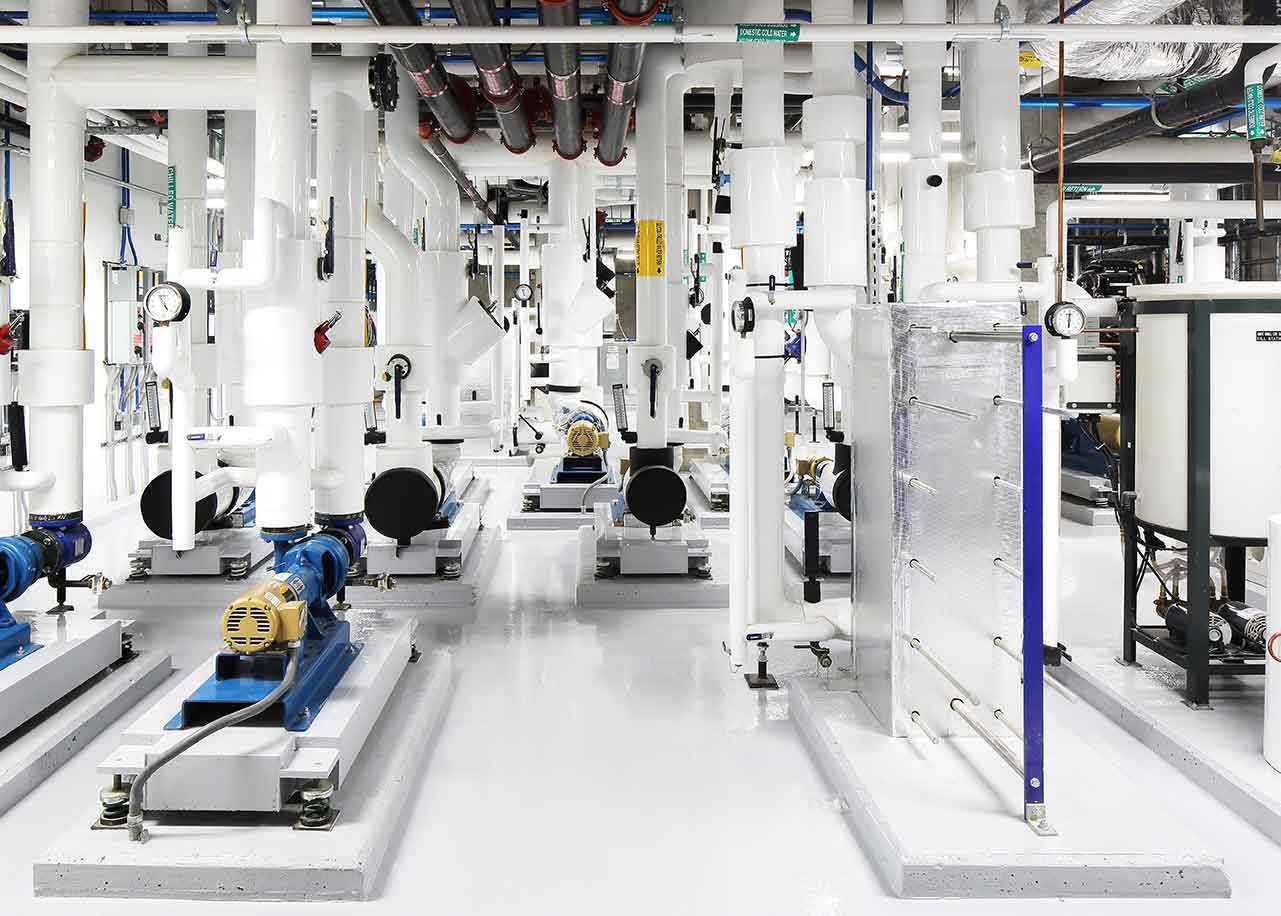
Altieri frequently works with the American Museum of Natural History, including many projects at the Rose Center for Earth and Space. [Photo: Susan Fisher Plotner]
Industry experts Altieri share the top attributes you should consider before your next big project.
The engineers at consulting engineering firm Altieri have been referred to as “engineers with the souls of architects.” It’s kept clients coming back for 60 years. “If you look at our portfolio, you see buildings that are remarkable for their architecture. They are remarkable, also, because you don’t see our work,” says Philip Steiner, principal and managing director. When engineering air systems for Corning Museum of Glass, Altieri wanted to be sympathetic to the design. That was a challenge, considering the thick cast concrete walls holding up the glass roof of the new space dedicated to the presentation of contemporary art glass. The engineers came up with inventive solutions to keep air outlets out of sight. “We pay attention to the project intentions and the architecture and get creative,” Steiner says.
It’s that passion for design that has attracted Michael A. Nieminen, partner at Kliment Halsband Architects, for 15 years. “They always support our design efforts and are sensitive to the implications of the systems they design,” he says.
Altieri is the proven leader in architectural engineering solutions for highly controlled building environments. It’s their mission to engineer solutions that enhance the architectural vision by fostering a culture of creativity. Their projects include The National WWII Museum, The Getty Center, Philadelphia Museum of Art, New England Conservatory of Music, and the Williams College Sawyer Library, to name a few.
The experts at Altieri say these are just some of the things you should consider before choosing a consulting engineering firm.
1. Knowledge and Expertise
It’s important for engineers to have the expertise for the environment they will work in. Altieri specializes in spaces with stringent requirements. “Different spaces have different challenges. It’s important these challenges are understood early in the process,” Steiner says.
Having the right expertise allows for more creativity. Chris Couse, founding principal at KPMB Architects, hired Altieri to work on the renovation of Yale University’s Adams Center for Musical Arts. The building was constructed in the late 1900s, presenting many design challenges. Altieri reduced energy consumption, limited the ductwork needed, and provided an acoustically sensitive solution. “There is a nimbleness to their design thinking and ability to foresee long-range implications and consequences of design directions that have been invaluable to us in addressing very complex design problems and implementing better energy strategies.”
Altieri looks ahead to identify and resolve challenges before they grow in scope. This is especially critical for projects with aggressive aspirations like critical environmental controls or extreme energy conservation. Glenstone Museum, for example, wanted to build a 100-year building. This was a challenge, as equipment only lasts 20 to 30 years. On these and other projects, Altieri’s expertise was critical. “We are looking for consultants who are good with problem solving,” says Philip Chen, principal and president of Ann Beha Architects.
FROM OUR MAY+JUNE 2019 ISSUE

The preferred publication of leading green professionals.

Altieri helped the Glenstone Museum achieve their goal of building a 100-year building. [Photo: Susan Fisher Plotner]
2. Hands-On Leadership
Altieri understands managers are not just managers. “First and foremost, we are engineers,” Steiner says. Even the company’s most senior principals get their hands dirty in the design process. That’s why Altieri operates in a studio format, rather than by department. The 55-person office is split into four design studios where mechanical, electrical, plumbing, and fire protection engineers and designers at all levels collaborate.
3. Client Responsiveness
Understanding a client’s vision is something Altieri engineers make a priority. “There are many very good engineers who become dogmatic in their application of engineering principles. We try not to be. We try to customize our work to our clients. We need to keep architect and client goals first,” Steiner says. Altieri engineers don’t tell clients they have to do something; they offer options and work with the client to determine the best solution.

Cornell College of Veterinary Medicine turned to Altieri for their expertise at this academic building. [Photo: Michael Freliech]
4. Next-Level Certifications
When hiring a firm, it’s crucial to ensure the staff holds professional engineering licenses. It can also be beneficial to hire a firm with additional certifications. Altieri engineers have LEED, fire protection (NICET SET), and IT (RCDD) certifications. The firm is one of the first to have staff with the Passive House certification.

Altieri has worked on buildings old and new at the Clark Art Institute museum campus. [Photo: Andrew J. Sebor]
5. Budget Commitment
Budget issues can make or break a project. Consider a firm’s track record. Budgets should be presented at the beginning of a project with a commitment to stay as close to goal as possible. “Building owners want to know if you are sensitive to the budget requirements for a given program. We are constantly factoring design and budget toward the same place,” Steiner says.
6. Stability
A project could be in development for years depending on design complexity. Having the same staff on the project through its entirety helps things run smoothly. “A great firm will have consistent staff on the project from start to finish and still have that staff available when that client calls again for the next project,” says Kari A. Nystrom, principal at Altieri.
7. Committed to Sustainability
Hiring a firm that’s committed to sustainable goals and has LEED experience can be invaluable. Sustainable design has always been a priority for Altieri. The firm designed building systems for the Mark Twain House & Museum. In 2004, the museum became the first in the U.S. to receive LEED certification. “It’s important not only to seek engineering firms that embrace a sustainable approach but, more importantly, to seek those firms that have a proven record of applying environmentally conscious practices,” Steiner says.

